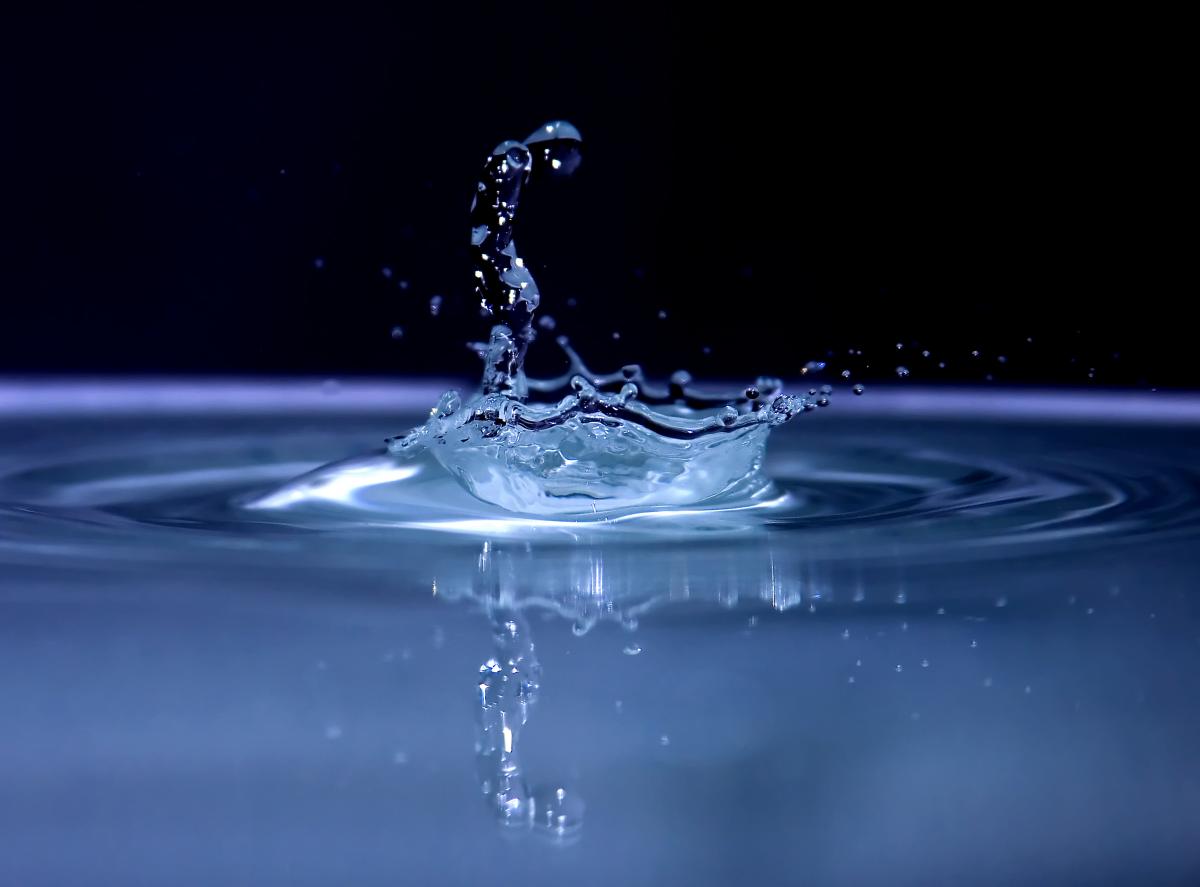Water-Energy Nexus
Water and energy production are definitely and irrevocably interconnected. Without water, much of our energy production around the world - such as hydroelectric power generation or oil and gas mining - would not be possible. Similarly, without energy, we would not be able to pump, treat, heat, and deliver water.
Both the energy and water sectors face significant strain from increasing weather variability and natural disasters. Given the interdependence of both sectors, we must explore solutions that help build water and energy reliability for a stable and secure future. In partnership with the National Alliance for Water Innovation, our researchers are working towards finding solutions that will lower the cost and energy required for desalination and associated water treatment.
Fundamental breakthroughs in desalination and water treatment require early-stage S&T research conducted across various disciplines and fields by top research leaders in state-of-the-art research laboratories. This complex multi-dimensional challenge is addressed through a portfolio of R&D projects that brings together and builds upon the most innovative research in the Energy Storage & Distributed Resources (ESDR) Division and by our partners in the Energy Technologies Area (ETA) and Lawrence Berkeley National Laboratory.
The ESDR Division pursues a science-to-technology paradigm for energy efficient and affordable treatment of non-traditional waters and strategically invests in early-stage science and engineering R&D to narrow the gap between thermodynamic efficiency and next-generation water-energy technology performance. The broad expertise, unique capabilities and operational resources of our teams in the ESDR Division Groups ensure that scientific breakthroughs and novel technology concepts as well as insights gained from policy, modeling, and economic analyses performed in ETA are transferred as quickly as possible to relevant external stakeholders, including industry, public policymakers, strategic analysts for energy and water resource planning, regulatory agencies and non-profit organizations.
The following research groups are focused on solutions to help address water-energy nexus challenges:
- The Energy Conversion Group focuses on selective ion transport and removal from aqueous streams with a focus on membrane technologies and concentrated elecrolyte solutions. In addition, energy conversion technologies are intimately linked with water issues whether that is water consumption in electrolyzers or generation in fuel cells or in cooling, especially for low temperature technologies.
- The Laser Technologies Group develops advanced non-thermal plasma technologies that can be used for water treatment applications, and specifically for breaking down of complex and harmful organics. We also specialize in the development of materials with tailored wettability including superhydrophobic, water repellent, and superhydrophilic surfaces.
- The Applied Energy Materials Group uses theory guided combinatory experimental methods to discover new materials capable of water desalination.
- The Thermal Science Group is developing techniques to utilize waste industrial heat and solar sources of heat to desalinate and treat water and waste streams too concentrated and polluted to be handled using traditional reverse osmosis technologies.